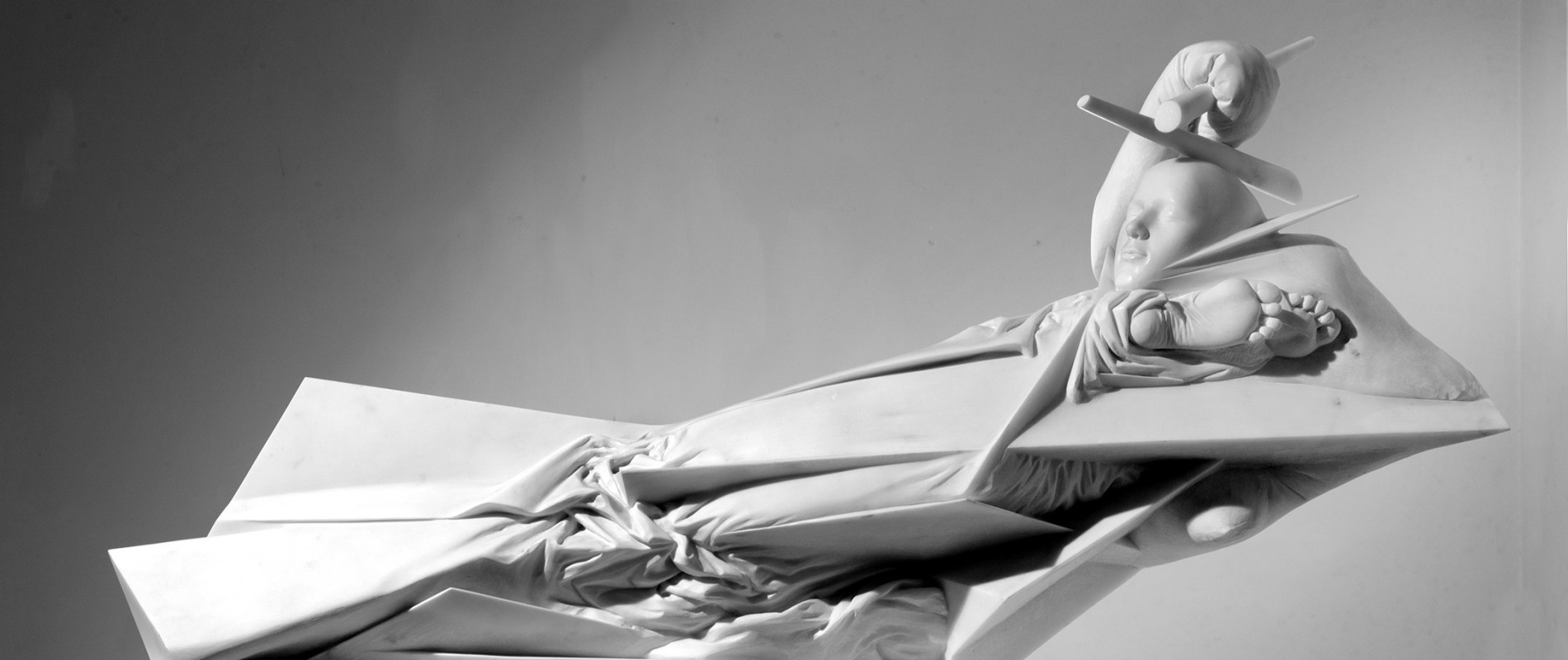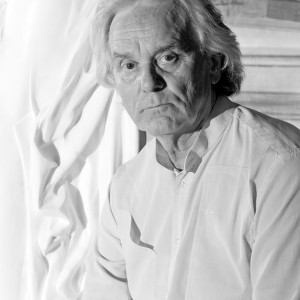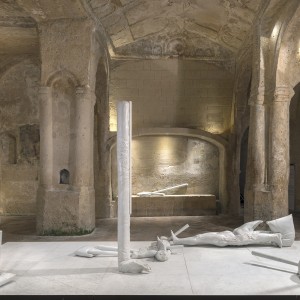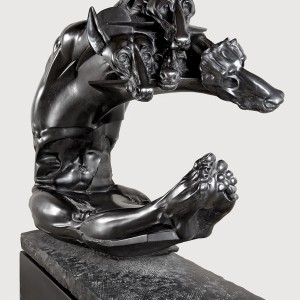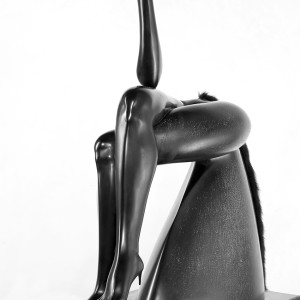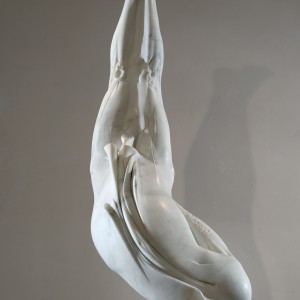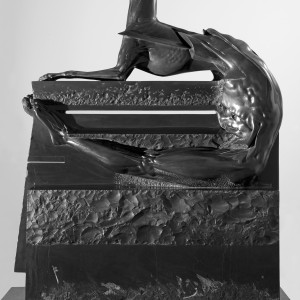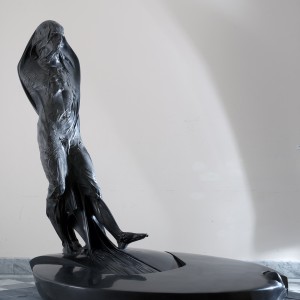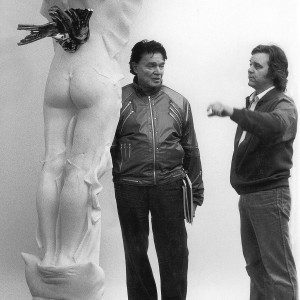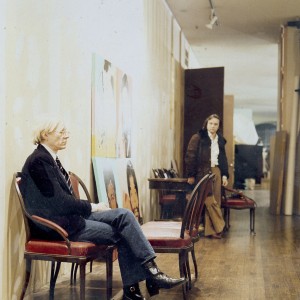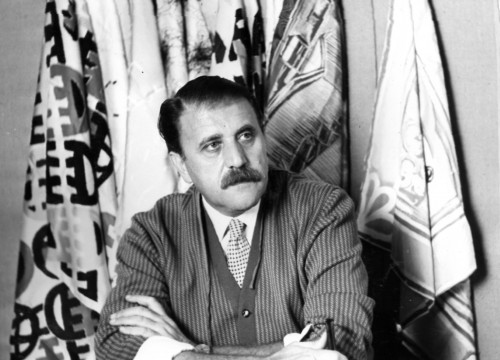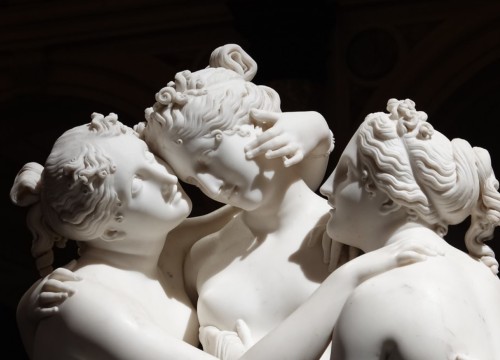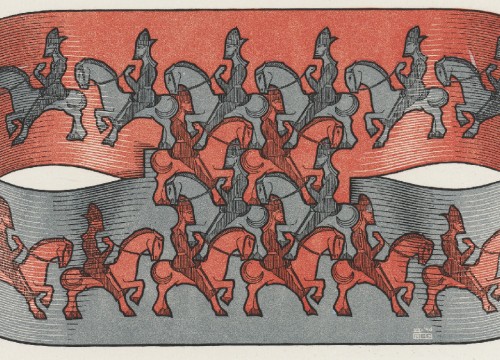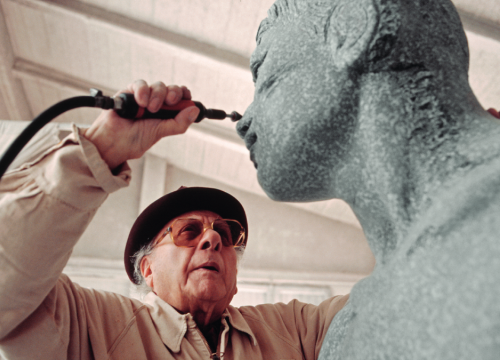Unforgettable are the Omaggio a Shakespeare at the XLI Biennale di Venezia and the powerful Anubi realized in 1988-89
Novello Finotti (Verona, 1939) is among the last great artists that Italy can boast. In love with sculpture in a physical way, almost carnal, for him the stone is full joy, morbid and gentle desire, tactile lust that survives in “another” dimension in which the idea is no longer only impalpable “because it is made of the same nature of dreams’’ but so real as to leave dismay even the most navigated observer. In this, the erotic and prodigious power of his works falls, in that inability to keep the touch of the fingers on the surfaces, a feeling of voluptuousness and terror that must necessarily be exorcised by touch. However, Finotti is much more: in a small but significant catalog of 1980 on the “Scultura del cambiamento’’ that the artist puts in place at the turn of that decade, Gian Lorenzo Mellini writes: “that his monstrous and witty universe has ancient high- romantic, anti-humanistic, brughelians, Arcimboldesque and füsslians roots, and the like” to demonstrate how much creative madness there has always been in his work. In fact, Finotti draw on an experiential and archetypal collective memory, hidden behind the thick layer of hypotheses where the desires and omens of the human being find shelter: a sort of visionary realism where the plastic possibility takes substance and merges with the sculptural material, marble or bronze, in a continuous movement of the parts.
HE DRAWS ON THE ARCHETYPAL MEMORY WHERE THERE IS SPACE FOR THE DESIRES AND HARDSHIPS OF THE HUMAN BEING
Son of that uniqueness delivered to the artistic gesture, typical of those who are taken by a relationship between two, his sculpture is classic in all respects, full of established styles and brilliant ideas, of shapes and solutions that create a universe of multiple gestures and roundness, of shells and horns, of musical instruments and geometric solids for which the transition, the transformation - between surrealism and futurism - are shown with insane iconographic clarity. Moreover, Novello is often attracted to these visions, shaped by the evolution of a pure and effective virtuosity: it is an integral part of his character as a man and as an artist.
ARTWORKS WITH PRODIGIOUS EROTIC POWER THAT ASK TO BE CARESSED
And if in the Omaggio a Shakespeare (1980-84) - one of his most famous sculptural installations exhibited in the XLI Biennale di Venezia (in 1966 a big room was had dedicated to him) - those pillows of stone still amaze with the “mimetic freshness" and the moral awareness of the latent violence that love and death, as a final deception, apply to the existence of man (“Sleeping, perhaps dreaming, yes, that is the hitch: because in that sleep of death what dreams can come...”).
In those amazing Anubi (1988-89), the epidermal perfection of black Belgium (difficult marble that can be broken just by looking at it) makes the sense jolt, still incredulous in front of what you do not think possible. Thus his hand becomes pure intuition, halfway between an austere animal elegance punctuated by the line of light and adherence to the most inevitable of destinies that still finds, after decades, fullness of purpose.
IDEAL SHAPES AND SOLUTIONS ARE SHOWN WITH INSANE ICONOGRAPHIC LUCIDITY
Finotti then observes time beyond the threshold of the mind, ventures into the ultimate journey of experience to grasp what has been, what will be or what should be, just when the three possibilities collapse. The result is a terrible visual enchantment that is difficult to escape, a flash of raw creative truth that, like a mermaid, drags towards her defenseless.

